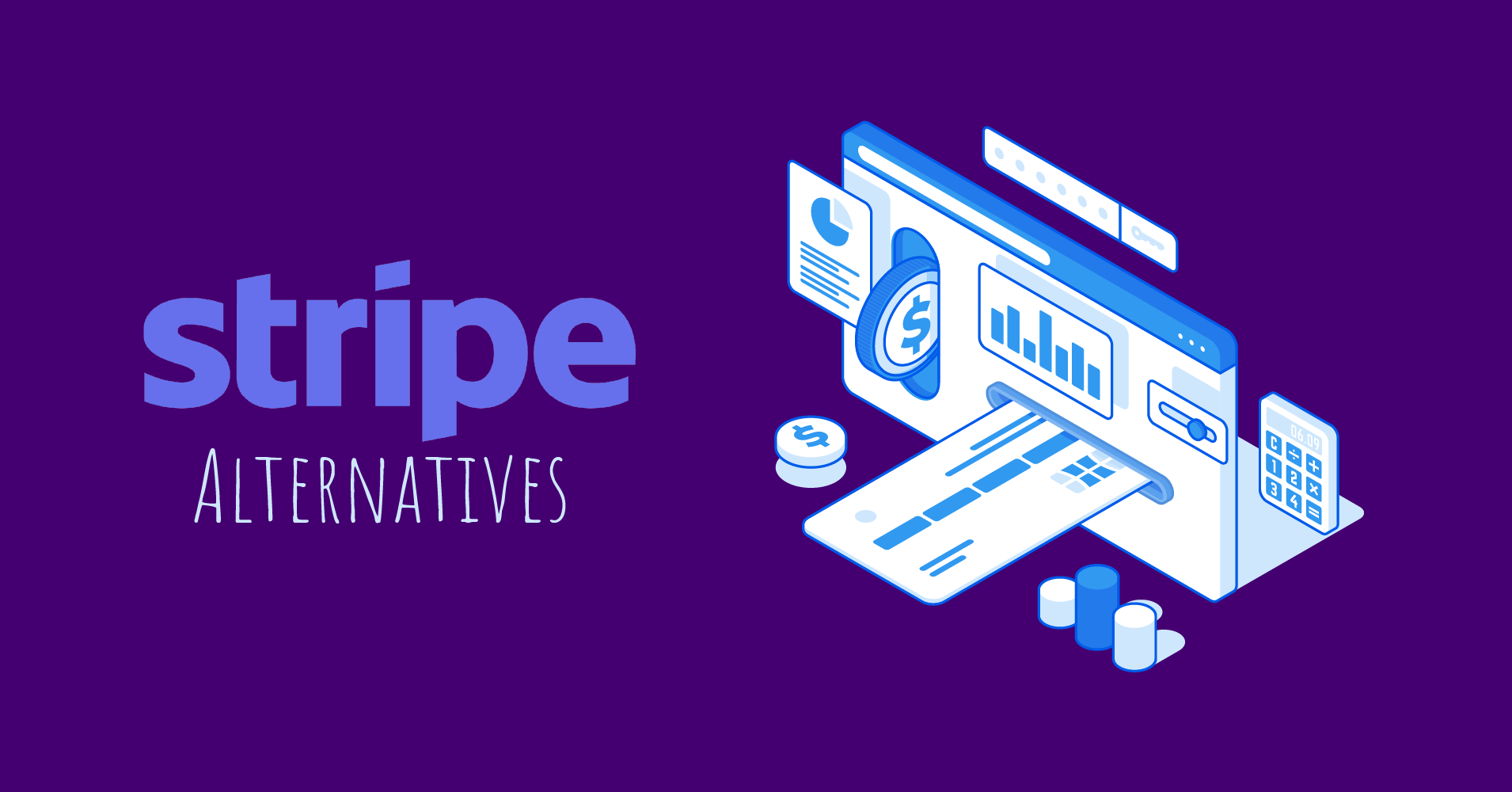I'm always excited to take on new projects and collaborate with innovative minds.
PP Trade Centre, 110 & 111 1st Floor, Netaji Subhash Place
I'm always excited to take on new projects and collaborate with innovative minds.
PP Trade Centre, 110 & 111 1st Floor, Netaji Subhash Place
Integrating Stripe with Laravel allows you to securely accept payments in your web application. In this guide, we'll walk you through every step of the process, from installation to implementation.

If you haven't already, start by setting up a fresh Laravel project:
composer create-project laravel/laravel stripe-app
cd stripe-app
If you already have a Laravel project, you can skip this step.
Stripe provides an official PHP SDK to interact with their API. Install it by running:
composer require stripe/stripe-php
.envOpen your .env file and add the following lines:
STRIPE_KEY=your_publishable_key
STRIPE_SECRET=your_secret_key
Replace the your_publishable_key and your_secret_key with your actual keys from Stripe.
config/services.phpAdd Stripe configuration to the services.php file:
// config/services.php
'stripe' => [
'key' => env('STRIPE_KEY'),
'secret' => env('STRIPE_SECRET'),
],
Create a controller to handle the Stripe payment process:
php artisan make:controller PaymentController
Now, open app/Http/Controllers/PaymentController.php and add the following methods:
<?php
namespace App\Http\Controllers;
use Illuminate\Http\Request;
use Stripe\Stripe;
use Stripe\Charge;
class PaymentController extends Controller
{
public function index()
{
return view('payment');
}
public function charge(Request $request)
{
Stripe::setApiKey(config('services.stripe.secret'));
// Token is created using Stripe.js or Checkout!
$token = $request->stripeToken;
try {
$charge = Charge::create([
'amount' => 5000, // Amount in cents (e.g., 5000 = $50.00)
'currency' => 'usd',
'description' => 'Payment for Laravel Stripe Integration',
'source' => $token,
]);
return back()->with('success', 'Payment successful!');
} catch (\Exception $e) {
return back()->with('error', 'Error: ' . $e->getMessage());
}
}
}
Create a view file that will contain the form for payment.
Run:
mkdir resources/views
touch resources/views/payment.blade.php
Now, open resources/views/payment.blade.php and add this code to include the Stripe.js library and create the payment form:
<!DOCTYPE html>
<html lang="en">
<head>
<meta charset="UTF-8">
<meta name="viewport" content="width=device-width, initial-scale=1.0">
<title>Stripe Payment</title>
<script src="https://js.stripe.com/v3/"></script>
</head>
<body>
<h2>Pay with Stripe</h2>
@if (session('success'))
<div style="color: green">{{ session('success') }}</div>
@endif
@if (session('error'))
<div style="color: red">{{ session('error') }}</div>
@endif
<form action="{{ route('payment.charge') }}" method="POST" id="payment-form">
@csrf
<div>
<label for="card-element">Credit or debit card</label>
<div id="card-element">
<!-- A Stripe Element will be inserted here. -->
</div>
<!-- Used to display form errors. -->
<div id="card-errors" role="alert"></div>
</div>
<button type="submit" id="submit">Pay Now</button>
</form>
<script>
var stripe = Stripe('{{ config('services.stripe.key') }}');
var elements = stripe.elements();
var card = elements.create('card');
card.mount('#card-element');
var form = document.getElementById('payment-form');
form.addEventListener('submit', function(event) {
event.preventDefault();
stripe.createToken(card).then(function(result) {
if (result.error) {
// Inform the user if there was an error.
var errorElement = document.getElementById('card-errors');
errorElement.textContent = result.error.message;
} else {
// Send the token to your server.
var form = document.getElementById('payment-form');
var hiddenInput = document.createElement('input');
hiddenInput.setAttribute('type', 'hidden');
hiddenInput.setAttribute('name', 'stripeToken');
hiddenInput.setAttribute('value', result.token.id);
form.appendChild(hiddenInput);
// Submit the form.
form.submit();
}
});
});
</script>
</body>
</html>
In routes/web.php, define the routes for displaying the payment form and handling the charge:
use App\Http\Controllers\PaymentController;
Route::get('/payment', [PaymentController::class, 'index']);
Route::post('/payment', [PaymentController::class, 'charge'])->name('payment.charge');
Now, visit http://your-localhost/payment, and you should see the Stripe payment form.
4242 4242 4242 4242).